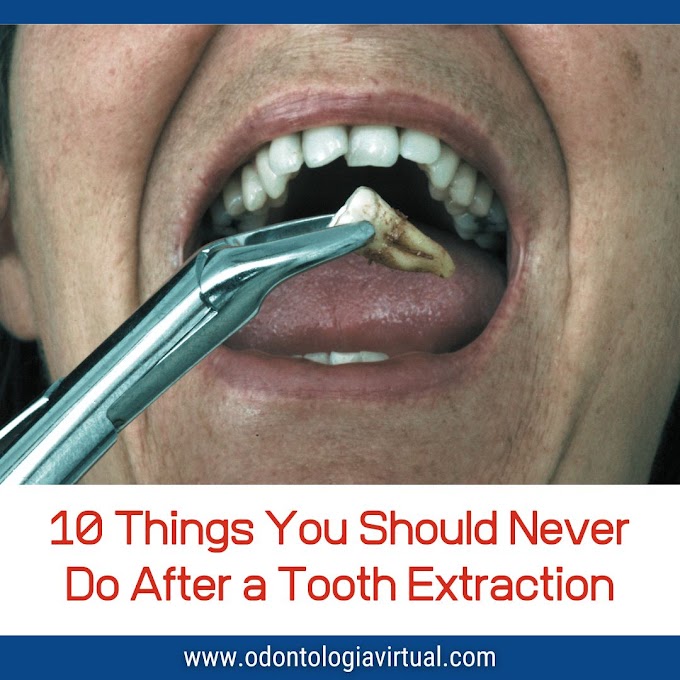When the residual dental tissue is minimal, achieving sufficient retention and structural integrity for a definitive prosthetic restoration becomes increasingly complex.
Traditional post-and-core systems often struggle in multirooted teeth, where divergent root canal orientations limit the feasibility of a single-piece insertion and may compromise long-term success.
High‐performance polymers such as Polyetheretherketone (PEEK) have emerged as a promising material in restorative dentistry due to their mechanical properties — including an elastic modulus closer to that of dentin — which may help reduce stress concentrations and preserve remaining tooth structure.
Similarly, digital workflows utilizing computer-aided design and manufacturing (CAD-CAM) facilitate precise adaptation of custom post‐and‐core frameworks within complex root canal systems.
► DENTAL BOOK: Cohen’s Pathways of the Pulp – 12th Edition (2020): The Ultimate Guide in Endodontics
In this case report, the authors describe the digital fabrication and clinical application of a custom‐designed PEEK split post-and-core restoration for a severely compromised multirooted mandibular molar with insufficient coronal tooth remnants.
The report documents not only the technical workflow — from intraoral scanning, digital modelling, CAD design of primary and auxiliary posts, milling of the PEEK restoration, to adhesive deployment and prosthetic rehabilitation — but also presents a 3-year follow-up evaluation using the World Dental Federation (FDI) clinical criteria, demonstrating satisfactory functional, aesthetic and biological outcomes under challenging conditions.
For clinicians and researchers seeking innovative approaches to restoring endodontically treated molars in compromised scenarios, this case illustrates how a digital workflow combined with novel material applications may extend restorative possibilities.
👉 We invite specialists worldwide to consult the full article, available in open access PDF format, to explore the detailed methodology, clinical protocol, radiographic and intra-oral documentation, and the implications for future restorative strategies.













